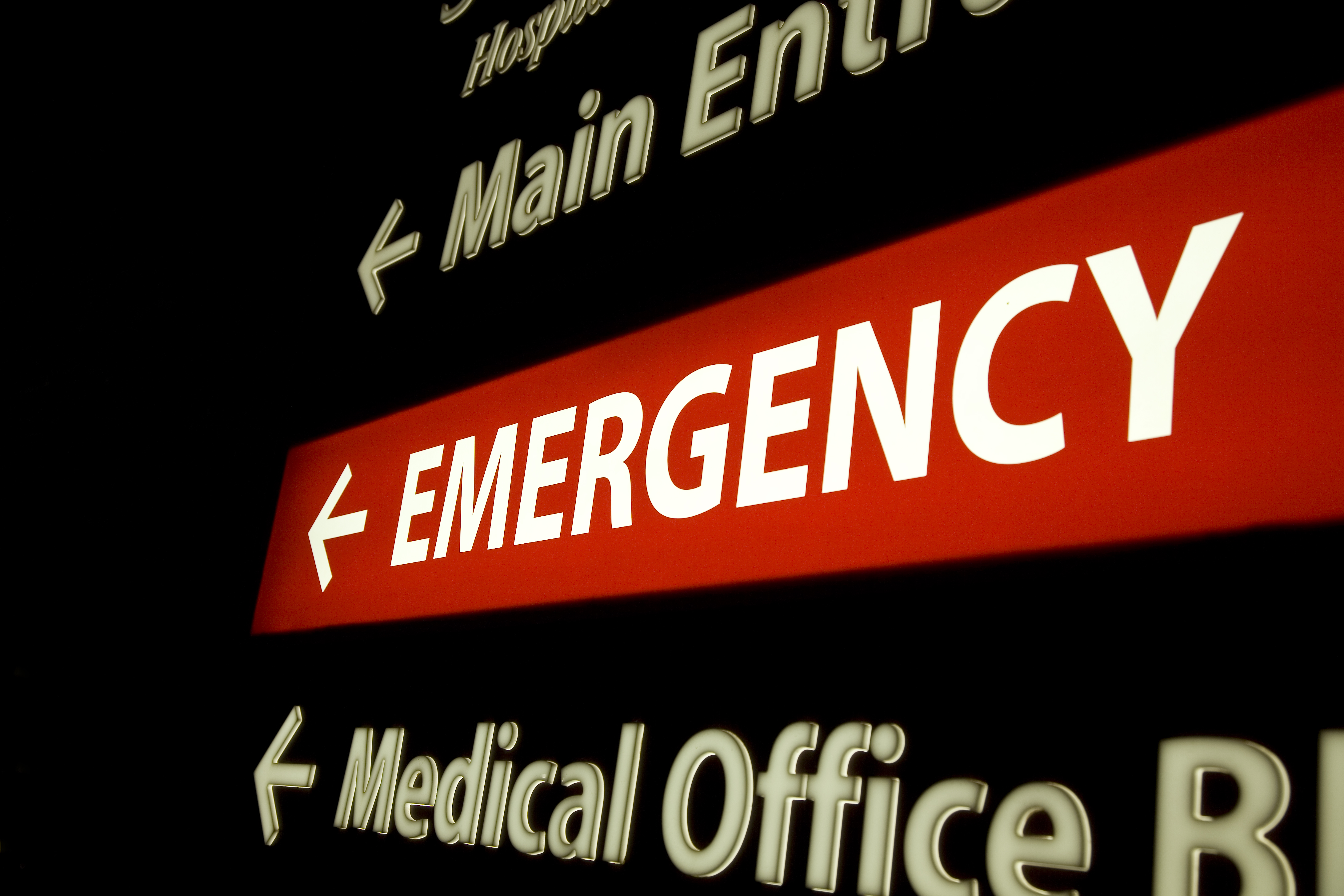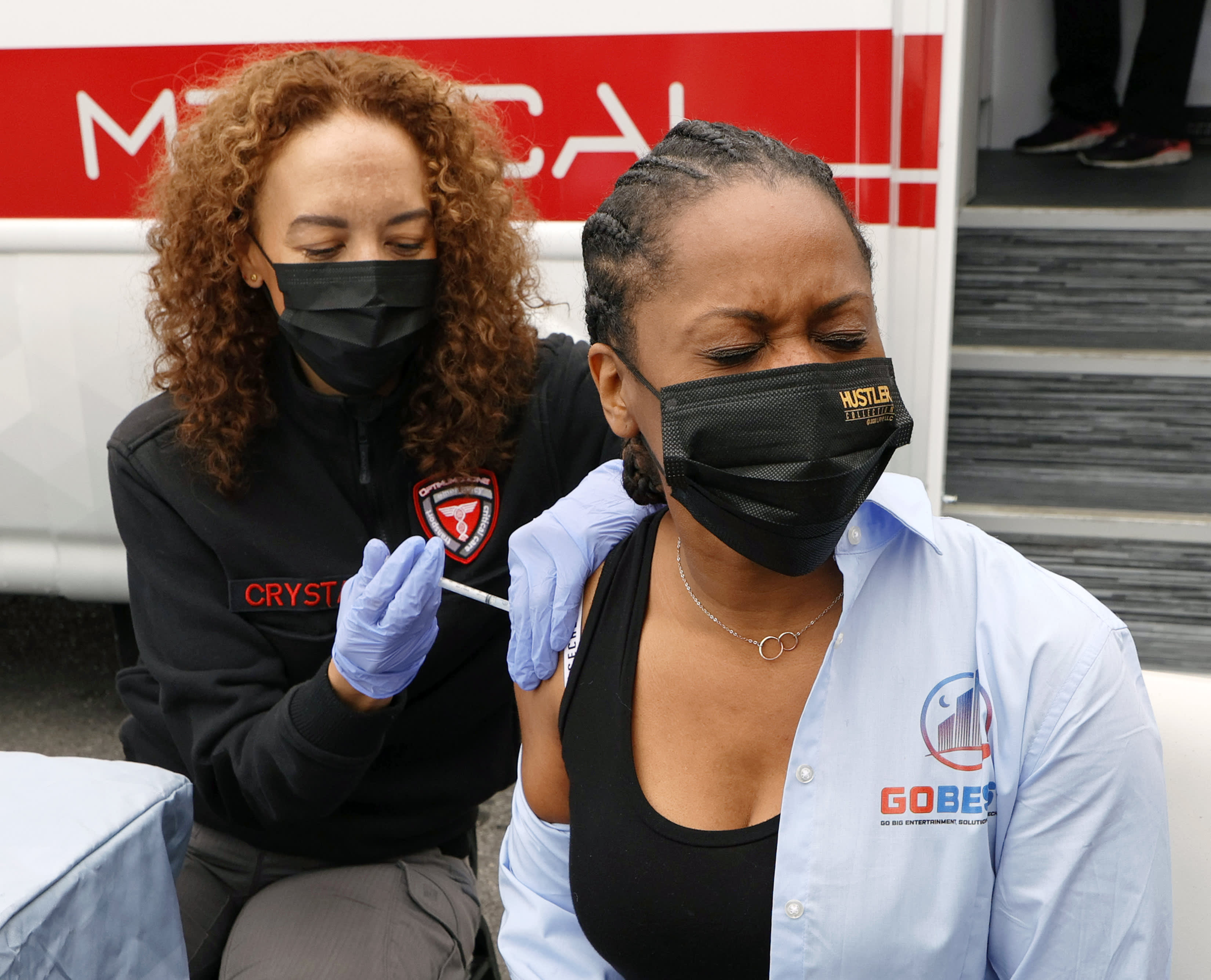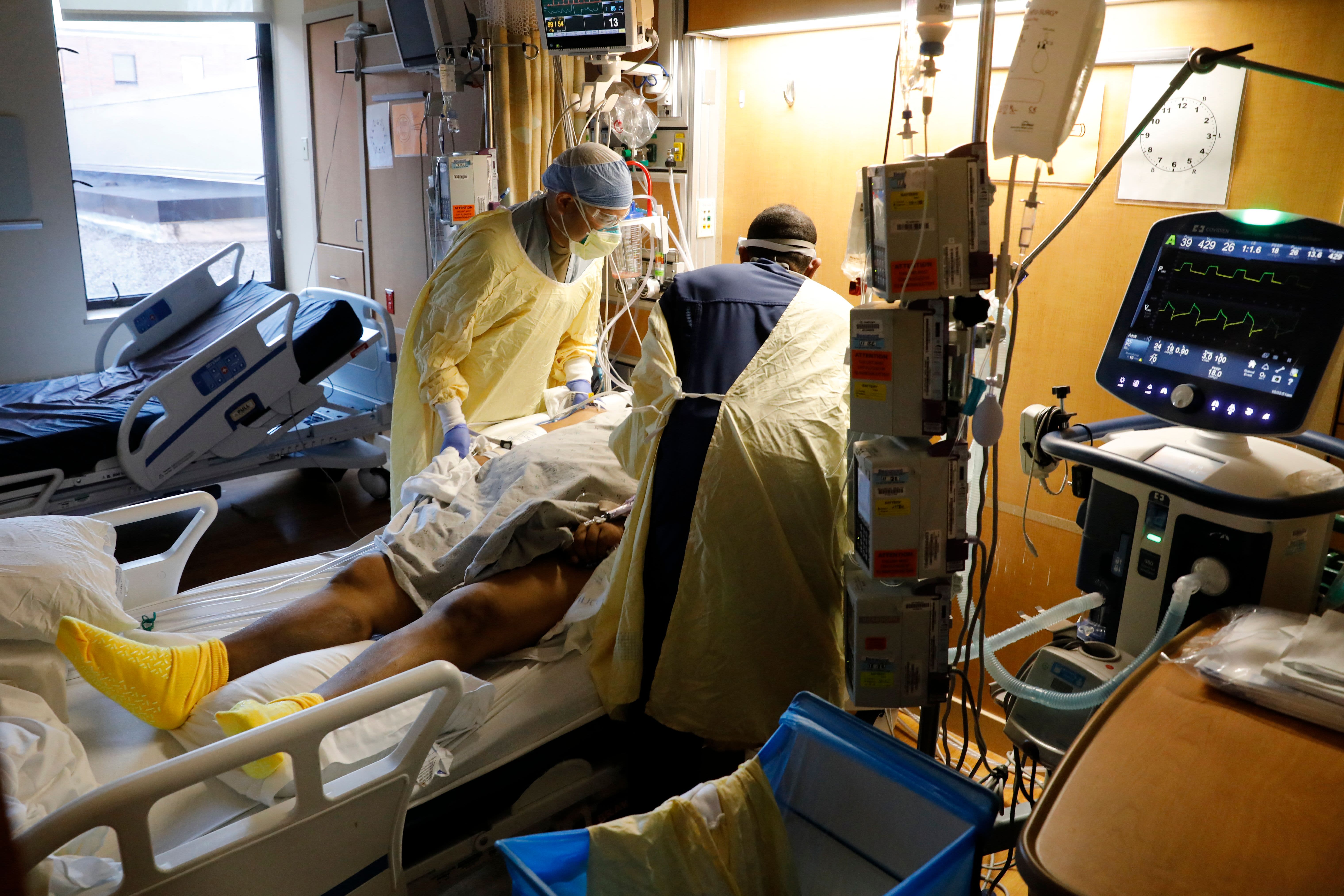What to Know
- NYC Mayor Eric Adams continues to push vaccinations and testing as the five boroughs battle their worst COVID-19 wave in a year; hospitalizations topped 5,000 for the second straight day Tuesday — numbers not seen since spring 2020
- NYC Test & Trace Corps said Wednesday it doubled the number of testing sites in December and now has more than 200 city-run sites operational to help fight the omicron surge; 20 more launch soon
- Omicron, the first NY case of which was reported Dec. 2, accounted for 93.8% of sequenced samples uploaded to GISAID, over the last two weeks, though CDC estimates its share could be as high as 99.1%
When will the COVID-19 omicron variant wave peak in New York City? Take one look at the case trends and you'll see the line is just going straight up.
The seven-day citywide case average stands at 36,186 as of the city health department's latest report, and the state showed NYC at more than 42,000 positive results on Tuesday, the fourth time in the past week that cases topped 40,0000 . Prior to omicron's emergence, the highest seven-day citywide case average was about 7,505, nearly five times lower. That was on Jan. 5, 2021, exactly one year ago Wednesday.
A significant amount of the skyrocketing positivity is almost certainly due to vastly high daily testing conducted in recent weeks compared with around January 2021's peak surge. That component of the COVID response has boomed even in just the last few weeks, with NYC Test & Trace Corps saying Wednesday it was conducting around 50,000 PCR and antigen tests daily and its share of the seven-day average was 35%, up from about 17,0000 daily tests and a rolling share of 19% on Dec. 6.
Get Tri-state area news and weather forecasts to your inbox. Sign up for NBC New York newsletters.
While increased testing translates into increased positives by default, and unvaccinated people are far more likely (albeit it less of a disparity compared with pre-omicron times) to become infected, the trend lines for both haven't bent yet.
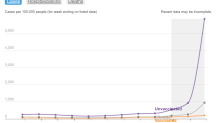
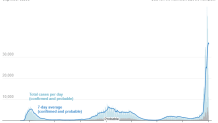
Apart from a brief holiday testing-related blip around Christmas, the case trend line has been shooting straight up for weeks. Experts say the peak hasn't even hit yet; they're waiting for the holiday surge to compound the surge currently underway.
Transmission trends citywide and for each of the five boroughs reflect the same pattern -- a Christmas Day blip, as fewer people were tested, bracketed by sharp increases that have yet to indicate they've even reached a plateau.
Roughly 3,040 of all New York City residents tested positive over the last week, the highest average transmission rate yet for the one-time pandemic epicenter, while some boroughs, like Staten Island, the Bronx and Queens are seeing higher rates.
More than one in five -- and sometimes as many as nearly one in three -- New York City COVID tests are coming back positive these days. As eye-popping as the daily case reports have become, experts say infections alone, which have proven to be milder when associated with omicron versus delta, are not their primary concern.
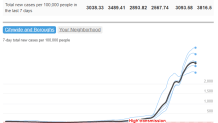
The primary concerns, elected officials, experts and public health leaders agree, are around COVID hospitalization and death rates. Those critical indicators, too, show extensive increases over the last six weeks apart from a brief holiday downtick. New York City's rolling hospitalization average is up 62% over the averages for the prior four weeks and has grown by nearly nine times since Dec. 1.
New York City now accounts for more than half of the 10,000-plus COVID patients hospitalized statewide. It eclipsed the 5,000-mark on Monday for the first time since early May of 2020 and now stands at 5,713, by the state's latest data.
And the city clearly needs to update its graphics to accurately chart the new death trends, as evidenced in the chart just below.

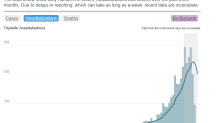
New data released by the CDC this week estimates omicron's prevalence in the New York region, which for its purposes includes the Empire State, New Jersey, Puerto Rico and the Virgin Islands, to be as high as 99.1%. It's among five of 10 regions the CDC evaluates on that metric with estimated prevalence highs at 99% or higher.
Nationally, the CDC put omicron's estimated prevalence as high as 97% in its latest weekly updated, which debuted Tuesday.
Omicron has about 50 genetic mutations and more than half of them are linked to one critical spike -- the one that allows the virus to attach to human cells and infect the host. That's part of the reason for its intense level of transmissibility.
While there are fewer patients who are severely ill, as Manhattan emergency room physician Dr. Craig Spencer explained, the sheer number of vaccinated and unvaccinated individuals who are testing positive can turn into a "huge influx" for hospitals because of how omicron is affecting them in different ways.
Could there be a rapid down-surge instead of a slow easing of cases, given the extent of vaccinations in the city and enhanced protocols to start 2022? That's the hope, though time will tell as far as whether that hope translates to reality. South Africa, where the variant first emerged in early November (though likely was spreading before it was detected), says its omicron peak appears to have passed without major upticks in COVID deaths, which experts say is promising news.
More Coverage
Ultimately, officials say vaccinations will quell the increases in hospitalizations and deaths associated with the omicron wave. That's why they're urging calm at this time -- and pushing vaccinations and COVID boosters for those who have to get them. That's especially true for children, who have seen COVID hospitalizations soar to unprecedented numbers in New York, New Jersey and Connecticut lately.
In New York, health officials say all of the 5-to-11-year-old children hospitalized for COVID through the first three weeks of December were unvaccinated. Only about a quarter of those aged 12 to 17 were vaccinated.
To date, 18.5% of New York City kids aged 5 to 11 are fully vaccinated, compared with a 71.5% full vaccination rate for kids aged 12 to 17. Statewide, those numbers are 18.9% and 64.8%, respectively, the latest data shows. All the kids in the older group will now be eligible to get COVID booster shot now as well, as the CDC endorsed the Pfizer shot for younger teens — those 12 to 15 — while also strengthening its recommendation that 16- and 17-year-olds get it as well.
New York City schools, the largest public district in the nation, have implemented enhanced COVID protocol, including doubling randomized weekly testing and adding vaccinated students and staff to the pool, amid the omicron surge.
That new policy launched only three days ago, a preemptive strike to curb the potential holiday surge as children returned to the classroom Monday following a week break. More insight on its effectiveness should come in the next few days.

